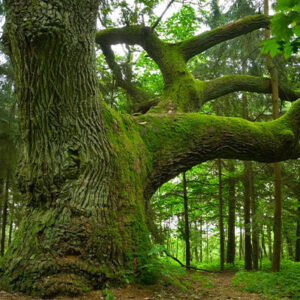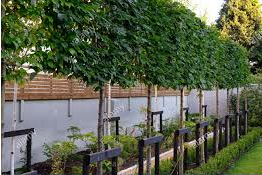Planting trees is a crucial activity with far-reaching benefits for the environment, society, and even the economy. In this comprehensive exploration, we will delve into 20 great reasons to plant trees, covering ecological, social, economic, and health-related aspects.


Community Health Benefits:
Green spaces and tree-lined streets contribute to improved mental and physical health. Access to nature has been linked to reduced stress levels and enhanced overall well-being.
Carbon Sequestration:
Trees play a vital role in mitigating climate change by absorbing carbon dioxide during photosynthesis and storing carbon in their biomass. Afforestation and reforestation efforts can significantly contribute to reducing atmospheric carbon levels and great reasons to plant trees

Oxygen Production:
Through the process of photosynthesis, trees release oxygen into the atmosphere. By increasing the number of trees, we can enhance oxygen levels, crucial for the well-being of all living organisms.
Air Quality Improvement:
Trees act as natural air filters, trapping pollutants and particulate matter. Planting trees in urban areas helps improve air quality, reducing the risk of respiratory illnesses and enhancing overall public health and great reasons to plant trees.
Temperature Regulation:
Urban heat islands can be mitigated by planting trees in urban areas. Trees provide shade, reducing the overall temperature and energy consumption for cooling.
Soil Erosion Prevention:
Tree roots stabilize soil, preventing erosion. This is especially important in areas prone to landslides or where deforestation has left the soil vulnerable to erosion.

Water Conservation:
Trees play a crucial role in maintaining water balance. They absorb and release water through a process known as transpiration, which helps regulate rainfall patterns and prevents flooding.
Restoration of Degraded Lands:
Planting trees on degraded lands helps restore soil fertility, revitalize ecosystems, and bring back biodiversity. This is crucial in areas affected by deforestation, mining, or other forms of land degradation.

Enhanced Aesthetics:
Trees add beauty to landscapes, making surroundings more aesthetically pleasing. Green spaces contribute to a sense of well-being and can positively impact mental health.
Economic Opportunities:
Forests contribute to the economy by providing timber, non-timber forest products, and employment opportunities in sectors such as forestry, logging, and eco-tourism.
Enhanced Crop Yields:
Agroforestry, integrating trees into agricultural landscapes, can improve soil fertility, provide shade for crops, and enhance overall agricultural productivity.
Noise Reduction:
Trees act as natural sound barriers, absorbing and deflecting sound. Planting trees in urban areas can help reduce noise pollution, creating more peaceful living environments.

Carbon Offset Programs:
Planting trees is a practical way to participate in carbon offset programs, where individuals or companies invest in tree planting initiatives to compensate for their carbon emissions.
Long-term Investment:
Trees are a long-term investment in the health and sustainability of our planet. The benefits of tree planting may take years to fully manifest, but the impact on future generations is immeasurable.

Wildfire Prevention:
Well-managed forests can act as natural firebreaks, reducing the risk and severity of wildfires. Strategic planting and forest management can create fire-resistant landscapes.
.
Educational Opportunities:
Tree planting initiatives provide educational opportunities for students and communities. Learning about different tree species, ecosystems, and environmental stewardship fosters a sense of ecological awareness and great reasons to plant trees
Community Engagement:
Tree planting initiatives bring communities together. Involving people in such projects fosters a sense of ownership and responsibility for the environment.
Renewable Resource:
Wood from trees is a renewable resource that can be used for construction, furniture, and various other purposes. Sustainable forestry practices ensure a continuous supply of wood without depleting forests.

Flood Mitigation:
Trees can help reduce the risk of floods by absorbing excess rainwater and reducing surface runoff. Forests act as natural sponges, regulating water flow.
Biodiversity Conservation:
Forests are home to a diverse range of plant and animal species. By planting trees, we create or restore habitats, promoting biodiversity and helping to protect endangered species.
Within Biodiversity net gain within development now factors in the development
In conclusion, planting trees is a multifaceted solution to numerous environmental, social, and economic challenges. From combating climate change to fostering community engagement and enhancing overall well-being, the act of planting trees carries profound and far-reaching implications for the present and future of our planet
We can help if you choose to plant a tree with advice on which species to plant and how to care for it, or if you need practical help planting or maintaining your tree we can provide that too.









